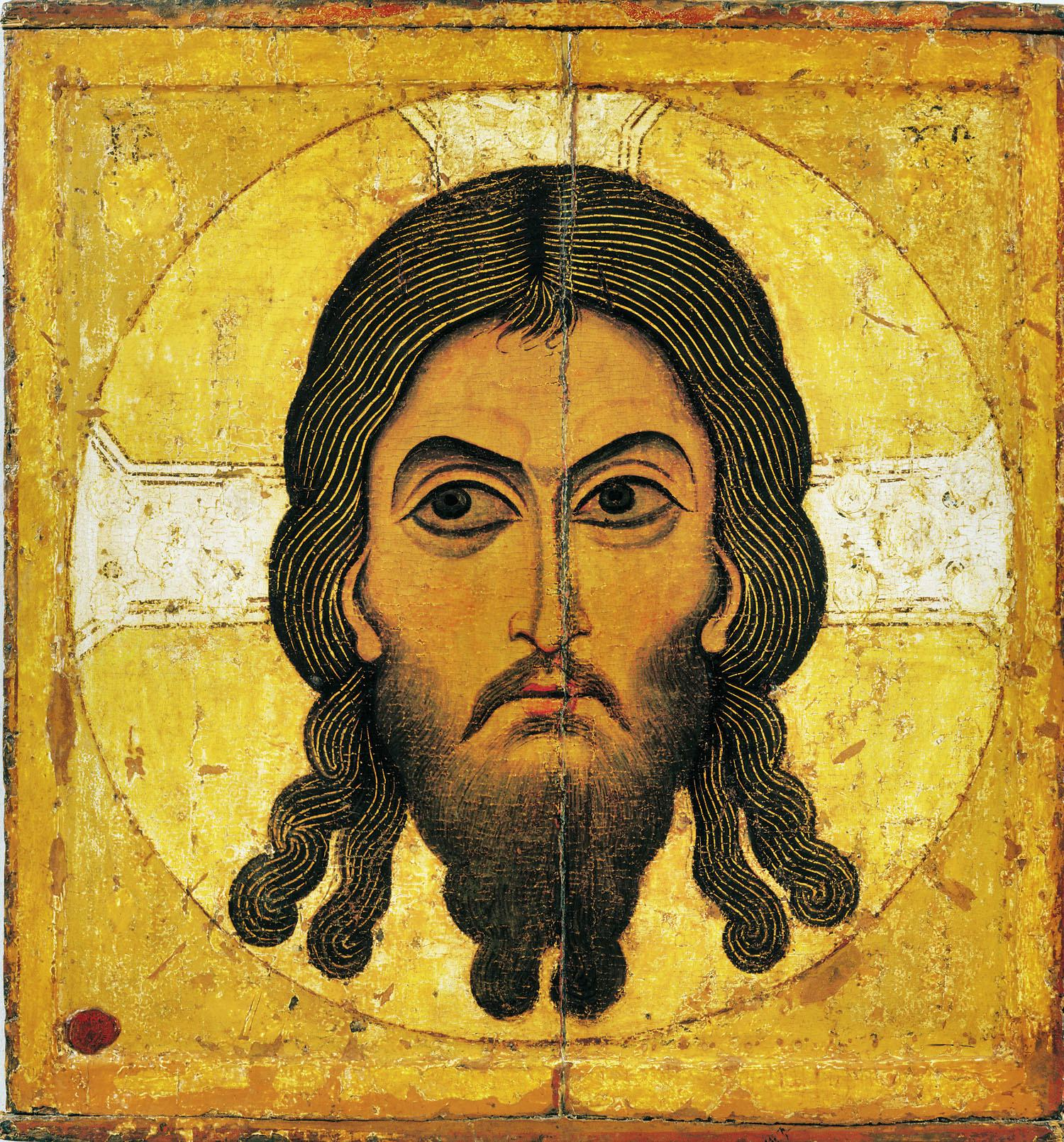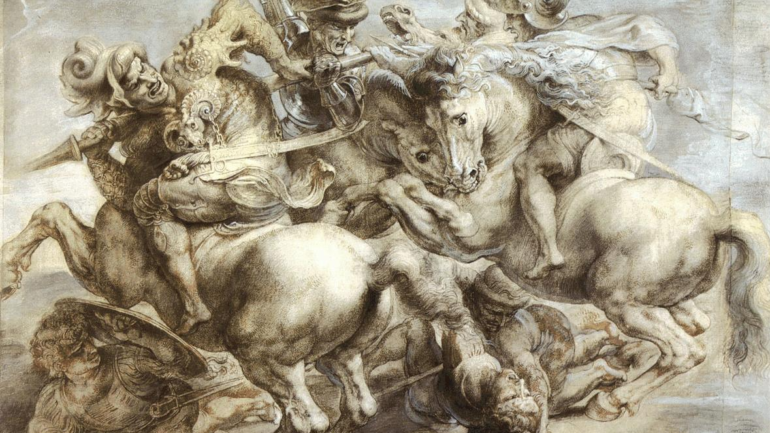Since Christianity became the official religion of the Roman Empire, religious activities transitioned from secretive worship to prominent ceremonies that required large buildings for rituals. This led to the creation of the basilica, the standard model for churches. Decorating these basilicas became a major challenge, and medieval painting provided the solution.
Medieval Painting
- Medieval painting addressed the challenge of decorating basilican churches. As Christianity became the state religion of the Roman Empire, the need for large spaces for worship led to the rise of basilican churches. However, decorating such vast spaces posed a significant challenge, which painting conveniently solved.
- Painting was the dominant art form at the time, with almost no sculptures visible in the medieval period. Due to Christian doctrines, especially the Second Commandment—”Thou shalt not make unto thee any graven image”—sculpture was underdeveloped, and virtually no famous statues emerged from this era.
- The need to convey biblical stories through images contributed to the widespread practice of medieval painting. With high illiteracy rates in society, Pope Gregory I advocated using images to teach biblical stories to believers. Thus, numerous paintings from the medieval period have been preserved, including simple mosaics.
- The purpose of medieval painting was to educate rather than to pursue beauty. Therefore, the goal was to clearly depict the characters and convey the story. Medieval paintings were not concerned with technique or realism but rather with accurately representing the narrative. This gives medieval art a relatively stiff, rigid appearance.
- Artistic characteristics of medieval painting include flatness, lack of detail, and standardized, formulaic style. A useful comparison might be with cartoons, which are stylized and not realistic but use simplified expressions to convey information clearly.
Figure 1 shows a medieval painting, while Figure 2 depicts a Japanese anime character. Both use highly abstract styles to highlight key information about the characters. For example, a man with long hair in a medieval painting is likely to represent Jesus, while in anime, a character with large eyes occupying half the face is typically a “moe” girl.
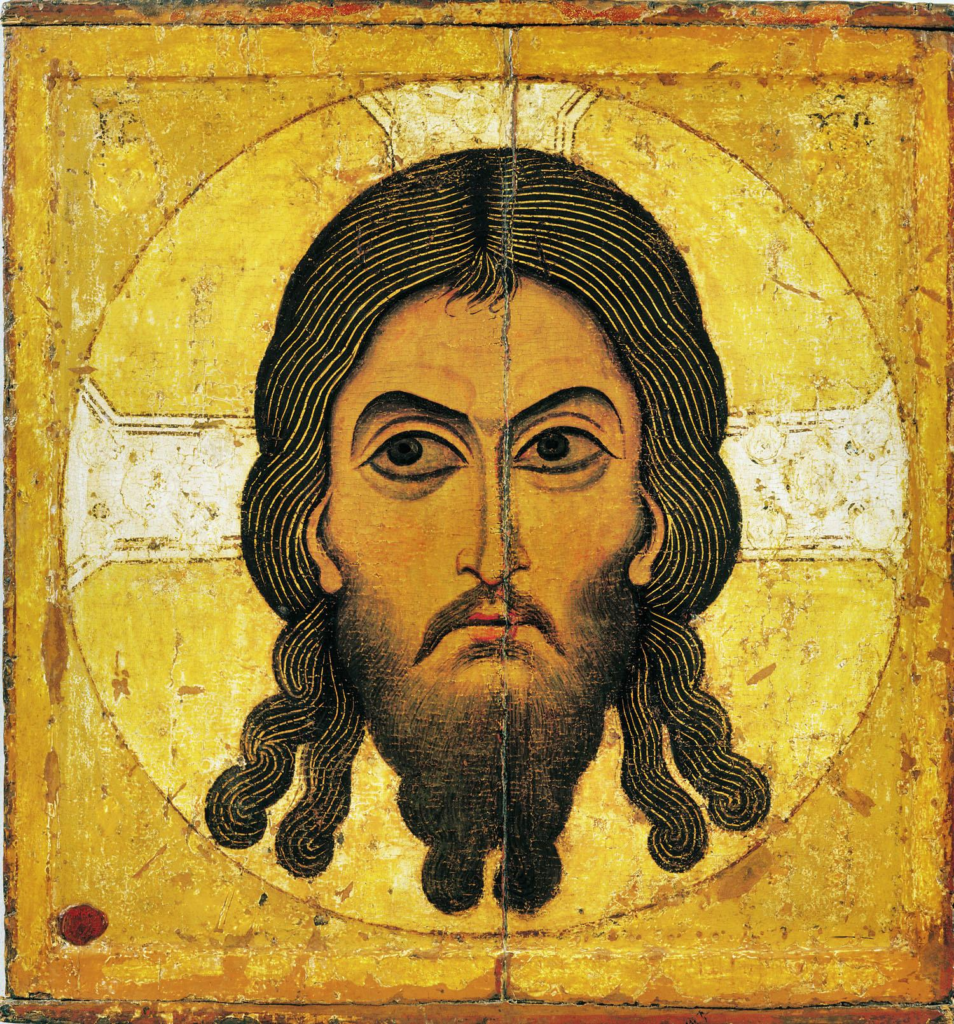
Figure 1: Medieval Painting

Figure 2: Japanese Anime
In medieval painting, there were conventional rules and styles for depicting figures, typically shown from a frontal view to make the subject instantly recognizable (Figures 3-6), without the use of techniques like perspective.
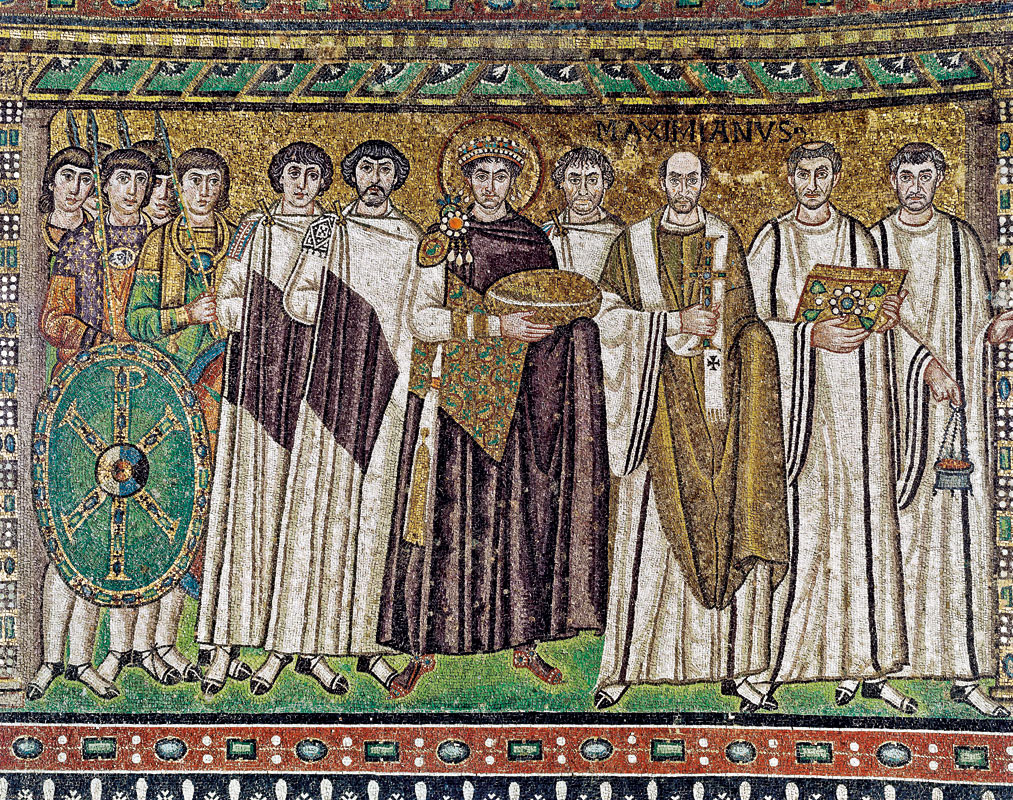
Figure 3: Medieval Painting

Figure 4: Medieval Painting
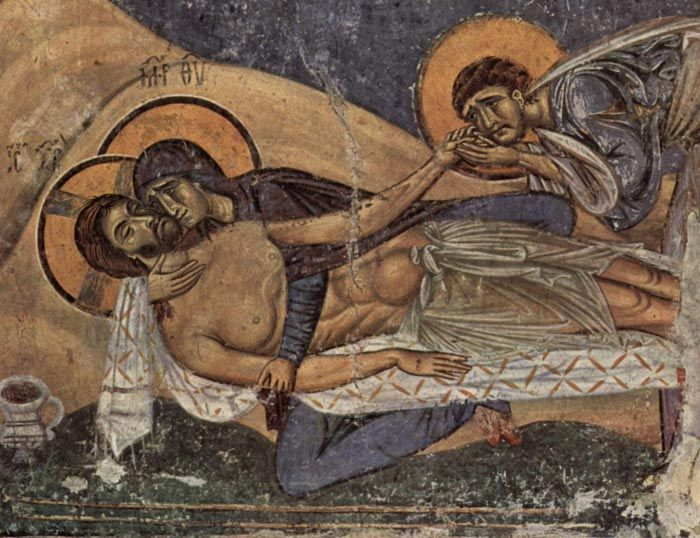
Figure 5: Medieval Painting
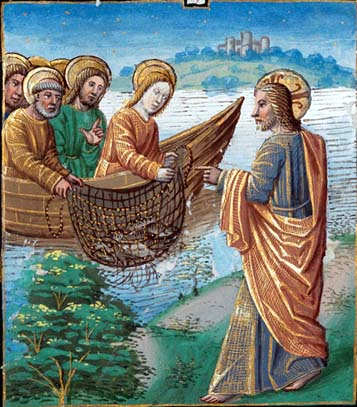
Figure 6: Medieval Painting
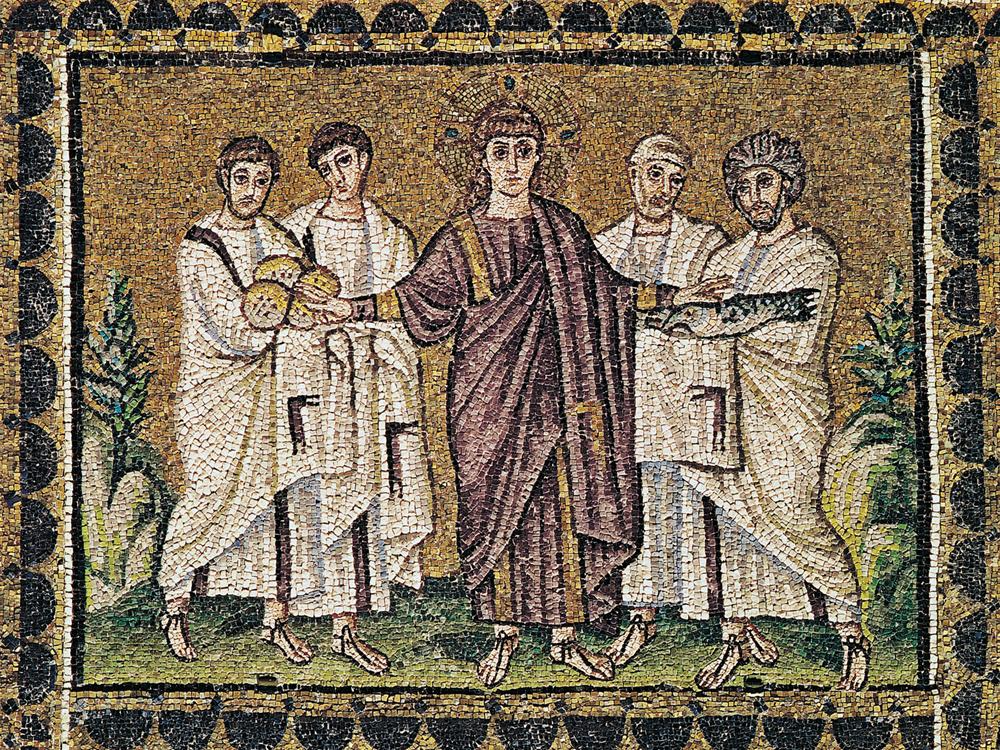
(Figure 7) The Miracle of the Loaves and Fishes from the Medieval period
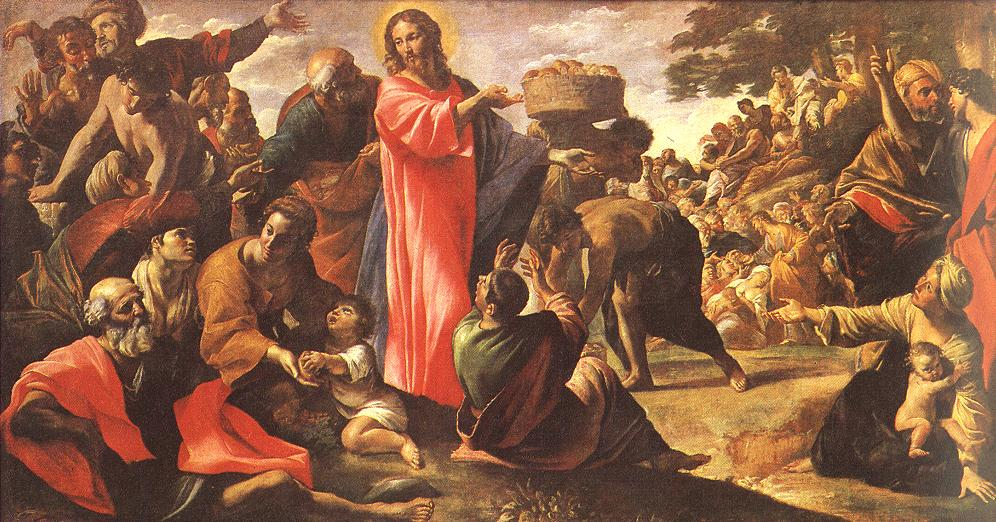
(Figure 8) The Miracle of the Loaves and Fishes from the Realism period after the Renaissance

(Figure 9) The Miracle of the Loaves and Fishes from the Realism period after the Renaissance
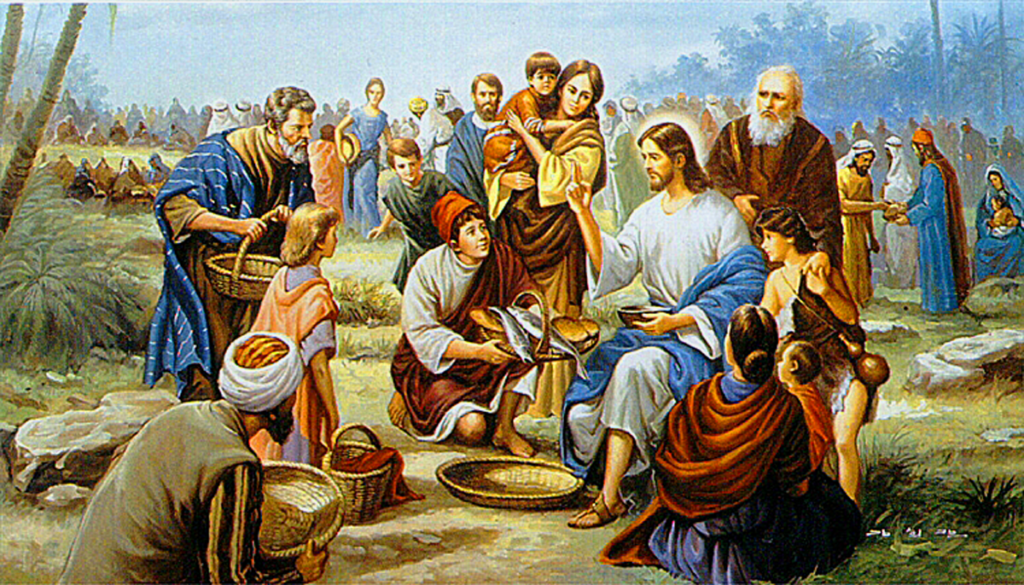
(Figure 10) The Miracle of the Loaves and Fishes from the Realism period after the Renaissance
Holy Roman Empire
During World War II, Hitler often spoke of establishing the Third Reich. So, what was the connection between this Third Reich and the First and Second Reichs?
The First Reich was the Holy Roman Empire, which you may have heard about when studying history, particularly in connection with Charlemagne. Besides Italy, the region once encompassing modern-day France, northern Italy, Switzerland, Germany, and Austria was united as one nation, known as the Frankish Kingdom during Charlemagne’s time.
After Charlemagne’s death, he divided the kingdom among his three sons, forming regions that correspond to present-day France, northern Italy, and Germany (West, Middle, and East Francia). Germany, or East Francia, eventually evolved into the Holy Roman Empire, also known as the First Reich.
